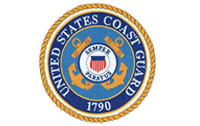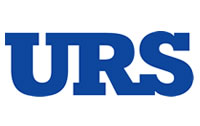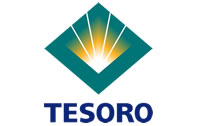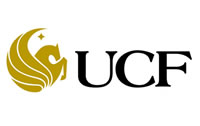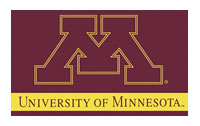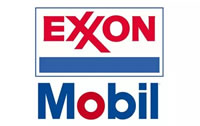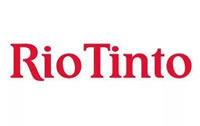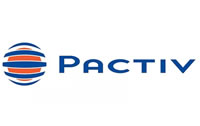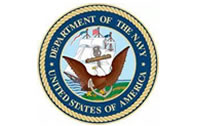Which pieces should be put together first to solve organizational reliability issues?
By Tom Moriarty for Plant Services Magazine
When I’m on consulting projects, it’s pretty easy to identify where the issues are in an organization. Plant managers and maintenance managers often can identify 80% or more of the problems. Where they struggle is in how to eat the elephant. What should they work on first to solve problems?
If you’ve been reading my columns over the years, you know that organizational reliability is my framework for assessing and evaluating problems in organizations. I believe it’s necessary to get control and stability of day-to-day activities. Control and stability will enable efficient and effective execution, leading to consistent product or service output and generation of consistent data. Consistent data provides the means to assess strengths and weaknesses, define needed improvements, and make these through changes in guidance (policies, plans, processes, procedures, and measures) and assets (the resources needed to carry out guidance).
Assuming your facility has problems (every organization does), where do you begin the process of correcting the problems? To answer that, look to a jigsaw puzzle as a model. What’s the process for completing a jigsaw puzzle?
- Look at the picture on the box. Notice the patterns and colors of the picture. Decide that this is a puzzle you want to work on and complete. The decision to work on and complete the puzzle is your mission and vision.
- Locate an appropriate area for assembling the puzzle and dump out the pieces. You take time to flip all of the pieces to the illustrated side and begin separating the pieces that have a flat edge. Slowly you assemble the border of the puzzle until the picture’s outline is complete. Think of the border pieces as your policy documents. They set the boundary conditions, orient the big picture, and create connection points to recognizable areas within the puzzle.
- Organize the non-border pieces, looking for patterns and colors that are similar. This is akin to developing a plan for processes and procedures.
- Assemble recognizable areas, because the most initial progress can be made on the larger recognizable areas. Sometimes large areas get assembled without first being anchored to the border. That’s OK, but all processes must eventually be anchored to policies.
- Identify in the larger, recognizable areas the connection points for less-recognizable areas. The less-recognizable areas (your procedures) would take longer to complete if the more-recognizable areas weren’t completed first.
At each level of puzzle assembly, your vision and sense of touch give you feedback indicating whether you’re replicating the picture on the box. Your vision tells you whether two pieces should fit together and whether the picture is coming together properly. Picking up each piece and trying to fit it into position are the efforts to build the right guidance. When the pieces fit together perfectly, your senses give you feedback that you’re closer to the vision. If the pieces don’t fit, it means something else needs to be tried. Your sight and touch are the means for getting feedback. These are measures. They are developed for all guidance levels.
The way to attack problems is to start with a clear direction: your mission, vision, and values. Generally, plan to address guidance from the highest level to lower levels so that successive levels are supported. Policies set boundary conditions: objectives, constraints, roles, and responsibilities. Procedures are the smaller-scope activities linked and anchored by processes. Include observable measures to provide feedback as to whether each level of guidance is helping to achieve the mission and vision.
Keep in mind that a senior-level person must be accountable for providing what junior persons need to do their job. For the junior person, guidance is an insurance policy. If they follow the guidance, they have risk coverage. If they don’t have guidance or they don’t follow guidance, they aren’t covered for the risk. When organizations puzzle together the guidance pieces, they are providing insurance.
This article is an excerpt from my upcoming book, “The Productive Leadership System: Maximizing Organizational Reliability”. Contact me if you’d like to discuss organizational assessments or workshops on productive leadership or organizational reliability.



